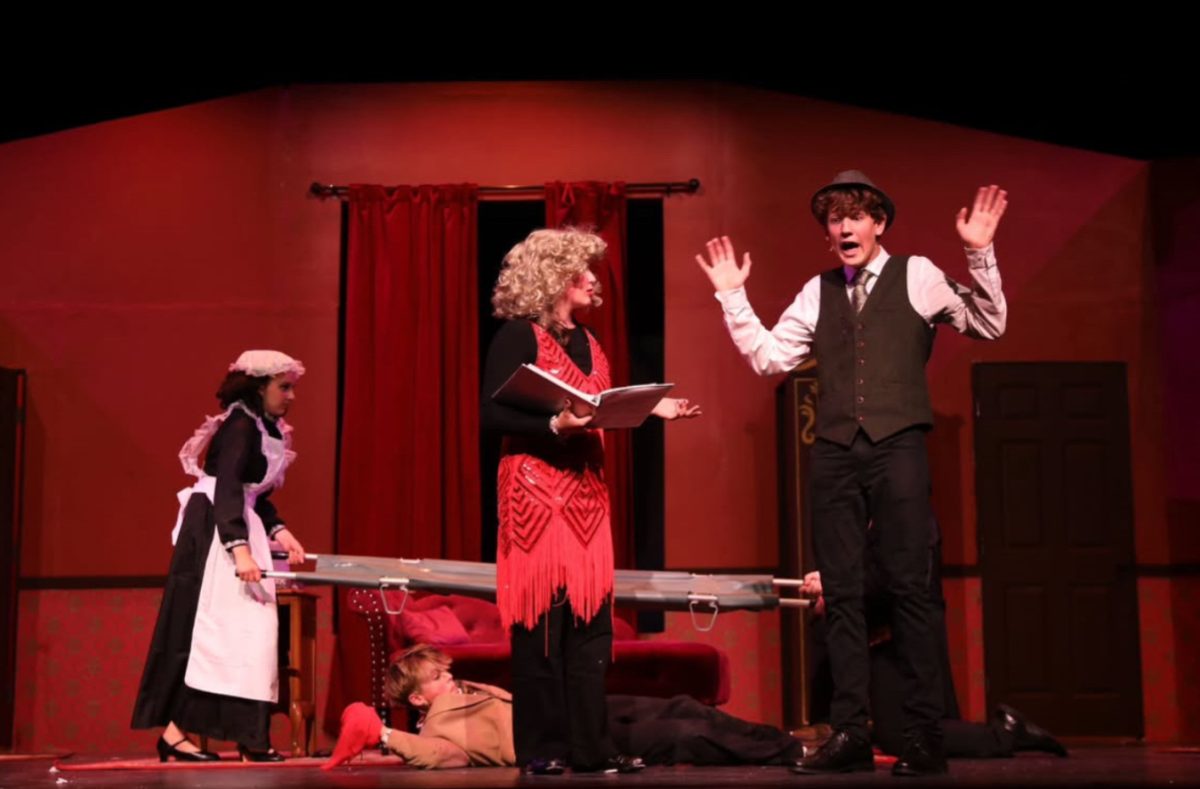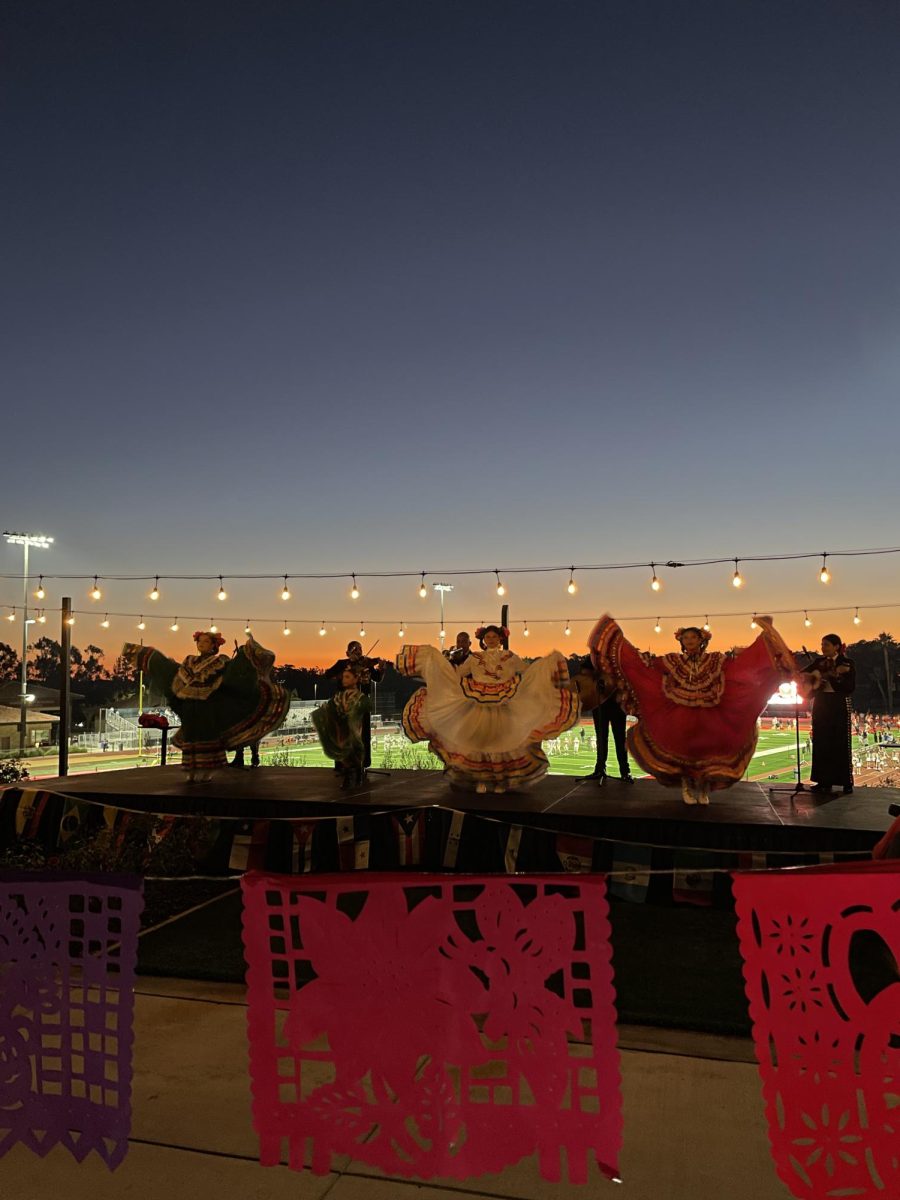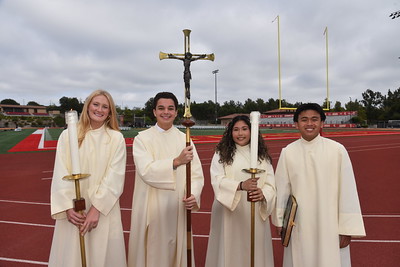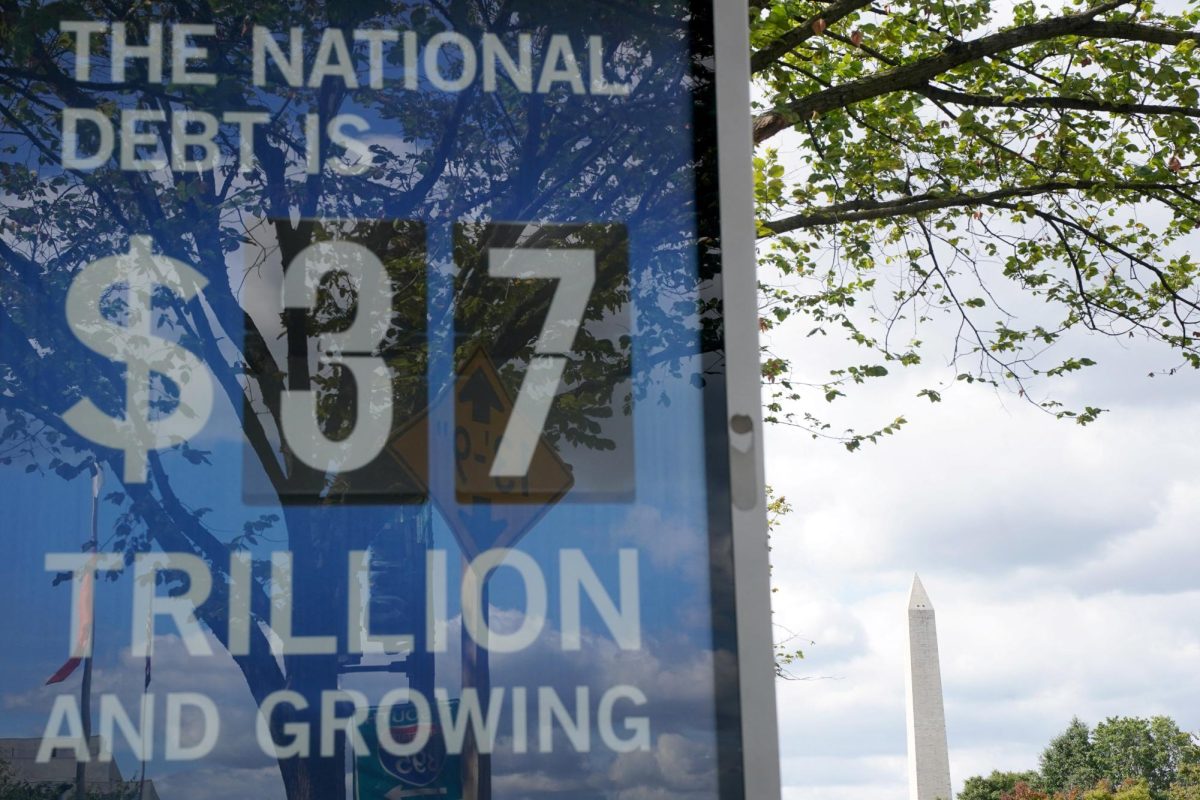From Shamrocks to Shenanigans: Exploring the History and Traditions of Saint Patrick’s Day
Move over Valentine’s Day, because Saint Patrick’s Day is the new holiday that has the world going green. This festive day is known for its parades, green beer, and shamrock decorations, but it’s much more than just a party. Saint Patrick’s Day is rooted in the history of the Catholic Church and the remarkable life of Saint Patrick, who changed the course of Ireland’s history.
Saint Patrick, who was born in Roman Britain in the 4th century, was kidnapped by Irish raiders at the age of 16 and enslaved for six years. During his time in captivity, he found solace in his faith and began to pray regularly. After his escape, he was called by God to return to Ireland and spread the gospel. As a bishop, he traveled throughout Ireland, preaching and baptizing converts with a message of love, forgiveness, and salvation through Jesus Christ.
Years later, Patrick had a vision from God, calling him to return to Ireland and spread the gospel. He began his mission as a bishop, traveling throughout Ireland, preaching and baptizing converts. Patrick’s message was one of love, forgiveness, and salvation through Jesus Christ. He used the shamrock, a three-leaved plant, to explain the Holy Trinity to the Irish people, which became a symbol of Ireland and a staple of Saint Patrick’s Day celebrations.
Saint Patrick’s legacy is significant not only because of his evangelization efforts but also because of his impact on Irish culture and history. He is credited with establishing monasteries and churches throughout Ireland, which became centers of learning and culture. These institutions preserved the traditions and literature of Ireland, which had been passed down orally for generations.
The holiday has been celebrated for centuries, but it wasn’t until the 17th century that it became an official feast day in the Catholic Church. It was first observed as a holy day of obligation in Ireland, and later in other Catholic countries. In the 18th and 19th centuries, Irish immigrants brought their traditions and celebrations to the United States, where Saint Patrick’s Day became a popular secular holiday.
Today, Saint Patrick’s Day is celebrated around the world, with parades, festivals, and other activities. In Ireland, the day is still observed as a religious holiday, with many attending mass and participating in processions. In the United States, Saint Patrick’s Day has become a day to celebrate Irish heritage and culture, with many cities holding parades and events.
The Catholic Church recognizes Saint Patrick’s Day as an opportunity to reflect on the life and legacy of this great saint. Saint Patrick’s Day falls during the season of Lent, a time of fasting and penance in preparation for Easter. As such, Saint Patrick’s Day is a day of celebration but also a day of reflection and prayer. Therefore, while Saint Patrick’s Day has become a secular holiday in many parts of the world, it is important to remember its religious significance and the impact of Saint Patrick on Irish history and culture. Saint Patrick’s message of love and forgiveness is still relevant today, and his legacy continues to inspire people around the world.
For Catholics, Saint Patrick’s Day is an opportunity to deepen their faith and draw inspiration from the example of Saint Patrick. His life and mission remind us of the importance of spreading the gospel and sharing the message of Christ’s love with others.
So, while you’re sporting your green gear, don’t forget to raise a glass in honor of Saint Patrick. This holiday not just a fun holiday but a significant feast day in the Catholic Church, celebrating the life and legacy of a remarkable saint who changed the course of Irish history and left a lasting impact on the world.





















































